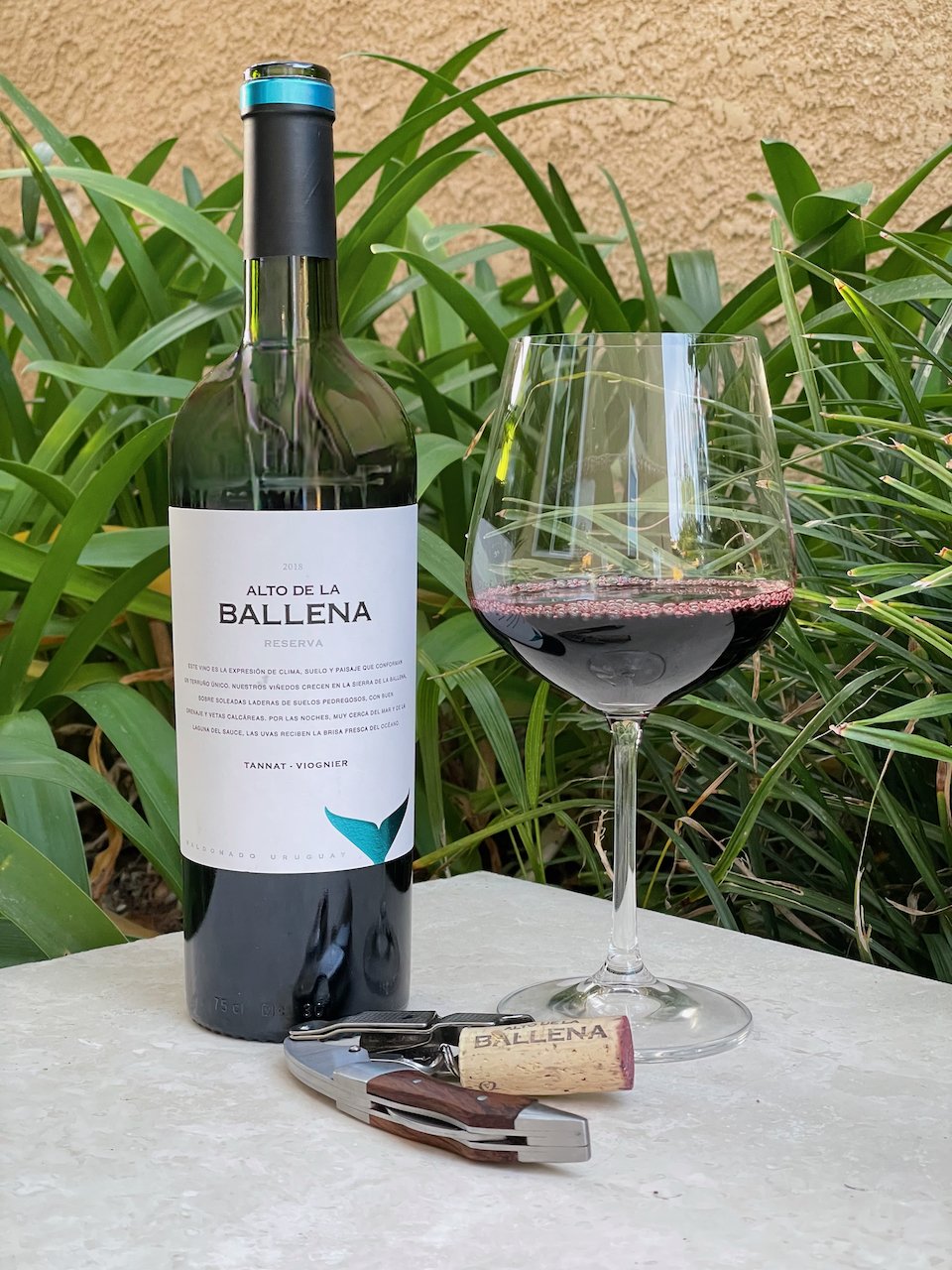In years past in the U.S., red wine blends were sold by the jug as "Red Wine" or "Table Wine." These were inexpensive wines that were blends of grapes, vineyards or even vintages. This history has led to some people believing that blends are of lesser-quality than just pure varietals.
But we only need to look to France, home of some of the world’s best wines, to see that blends of high quality are very common. France's famous region of Bordeaux produces red blends almost exclusively. Depending on which bank the wine is from in Bordeaux, it will be a different blend. The Left Bank is known for its blends based on Cabernet Sauvignon while the Right Bank blends are Merlot based. These blends may also include Cabernet Franc, Petite Verdot and Malbec.
Other famous regions known for their blends include the Rhône Valley that uses Grenache, Syrah and Mouvedre and the so-called Super Tuscans from Italy that may include Merlot, Cabernet Sauvignon, Sangiovese, Syrah, Cabernet Franc and others.
The main reason that winemakers produce blends is to make the best wine possible. Blending different grape varieties is useful in accentuating a particular grape's virtues. But winemakers have also learned never to blend an inferior wine with a good wine because the result is usually an inferior wine. Again, the goal is to produce a wine that is actually better than the sum of its parts. And blending allows for wines that are well balanced and complex in their aromas, flavors, colors and textures. The blended grapes can add layers of flavor that will change through the process of taking the first sip, letting it sit on your tongue and then as you swallow.
Another thing you may not realize is that most wines labeled in the U.S. as single varietals are actually blends. The laws state that for a wine to be labeled as a single varietal, it must contain at least 75% of the noted grape. But that leaves the other 25% for the winemaker to be creative and generally to blend in other grapes that results in their best possible wine.
So don't turn up your nose at red wine blends. These can actually be some of the best wines in the world. Cheers!






